
- Home
- Stud Dogs
Some of our most popular Stud Dog Breeds:
- Puppy Litters
- Dog Services
- Dog Breed Profiles
- Blog
- Contact Us
Papillon Breed Profile
- Breed Profiles
- Papillon
- Oct 19
- Share post
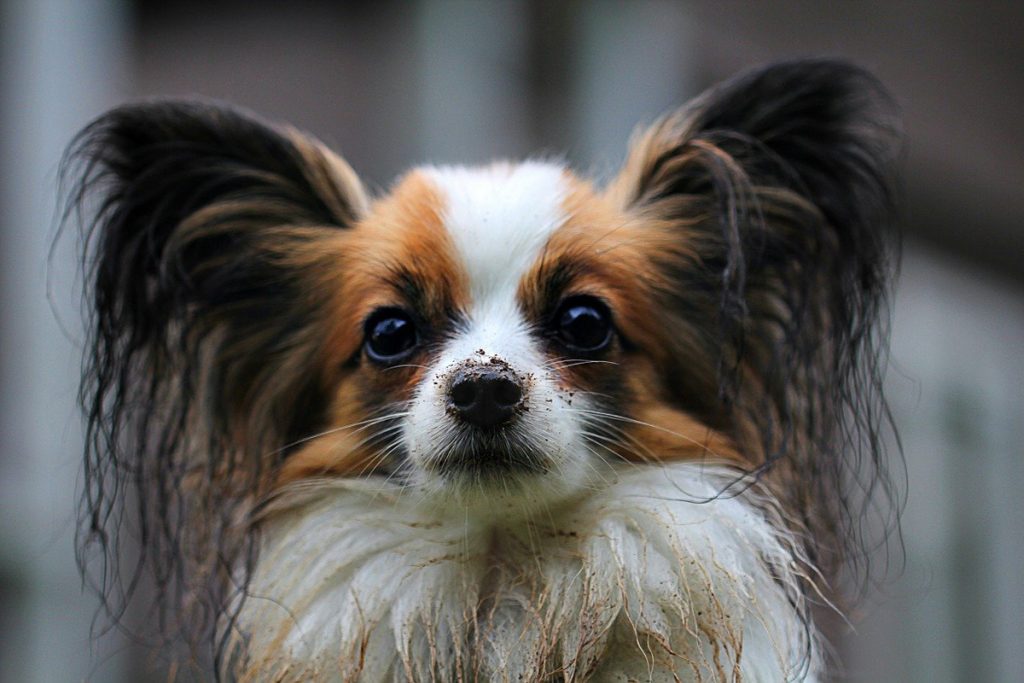
Alert, affectionate and incredibly intelligent, the Papillon makes an excellent addition to a household. The name “Papillon”, meaning “butterfly” in French, very accurately describes this breed’s small stature, sweet nature and delicate structure. Loyal and loving, the Papillon is quite adaptable in terms of its lifestyle, making them great companions for those living in the city and countryside alike, although they don’t deal well with being left alone for any length of time. Lively and loving, this breed is very easy to please, enjoying snuggles on the sofa quite as much as bouncing around a garden or chasing a ball on the park.
Typical Papillon Facts
Height: 8-11 inches (20-28 cm)
Weight: 7-10 lbs (3.2-4.5 kg)
Average Litter Size: 1-3 puppies
Life Expectancy: Up to 15 years
Good with Children: No
Kennel Club Classification: Toy
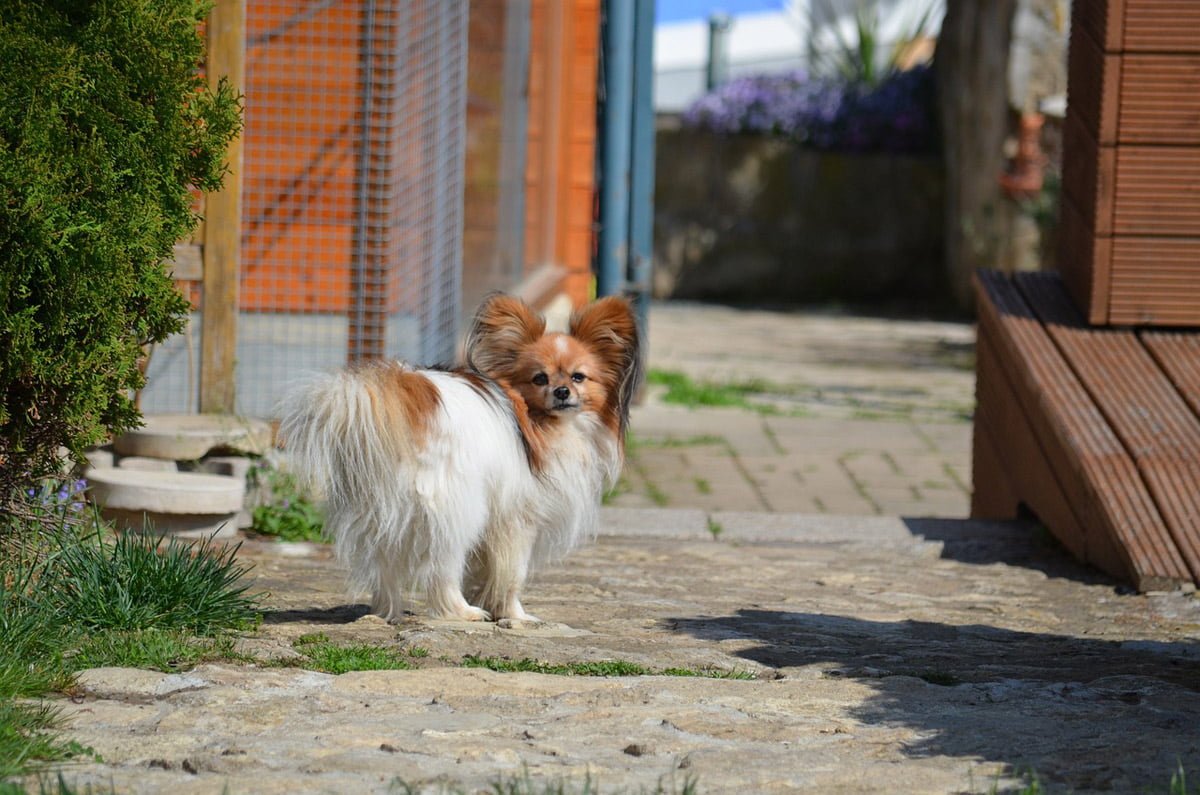
Colour of a Papillon
The Papillon is predominantly white in colour, often with markings of red, black, sable, silver or lemon.
Grooming a Papillon
Papillons are quite high maintenance on the grooming front owing to their long coats and plumed tails. Ideally, they require daily brushing to prevent their coats from becoming tangled, and some owners may prefer to enlist the help of a professional groomer from time to time. It is also important to regularly check your Papillon’s ears to ensure that the hair around them is clean and free from any debris, which may cause infection.

Papillon Common Ailments/Health Issues
Whilst the Papillon is a healthy little dog on the whole, there are several hereditary health conditions of which potential owners ought to be aware. These include various eye conditions, such as cataracts, progressive retinal atrophy, entropion and micropapilla, congenital deafness, Von Willebrand disease, patellar luxation, mitral valve disease and intervertebral disc disease. They can also be more prone to allergies than other breeds of dog, and you should seek advice from your vet if you suspect your Papillon is suffering a reaction.
Temperament of the Papillon
Generally happy, energetic and loving, the Papillon is truly a little bundle of joy. They are relatively easy to care for, given their love for people and desire to please. Bright and out-going, they enjoy being the centre of attention and are interested in absolutely everything, making them as entertaining as they are endearing. However, Papillons are not the best breed to live with small children, as they require gentle handling and may snap if they feel threatened.
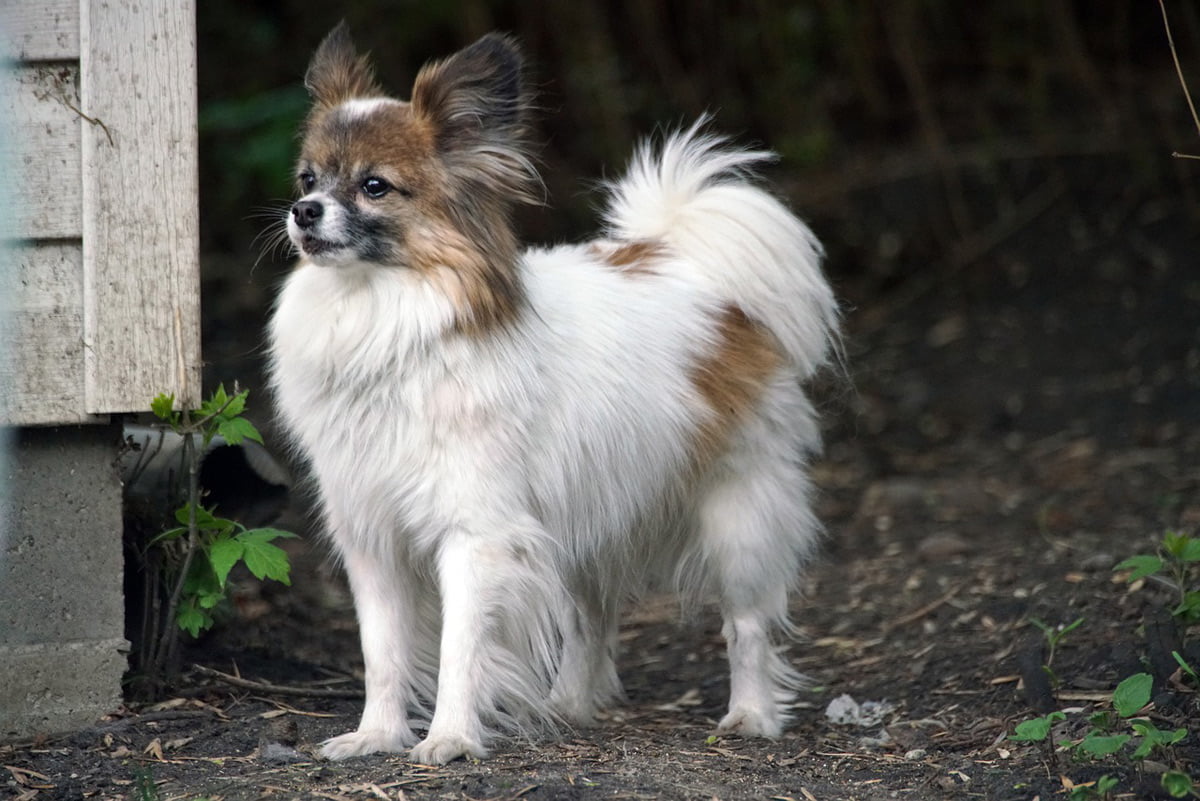
Training a Papillon
Highly intelligent and eager to please, the Papillon is relatively easy to train; although some consider toy breeds, including the Papillon, tend to be slightly more difficult to housetrain in comparison with other breeds. Papillons respond very well to praise, and harsh corrections will rarely be necessary. As with all breeds, though, it is important to establish a clear pack hierarchy straight away and ensure that the owner asserts themselves as pack leader to prevent the Papillon from becoming possessive and demanding. Once they have mastered basic commands, Papillons will often go on to excel in various competitions, including tracking, agility and competitive obedience.
Exercise for a Papillon
Although the Papillon has a great deal of energy, it isn’t overly demanding when it comes to exercise needs. It will generally be content with one or two 20-minute walks each day; although, given the Papillon’s high intelligence level, it is advisable to provide some mental stimulation to prevent it from becoming bored.
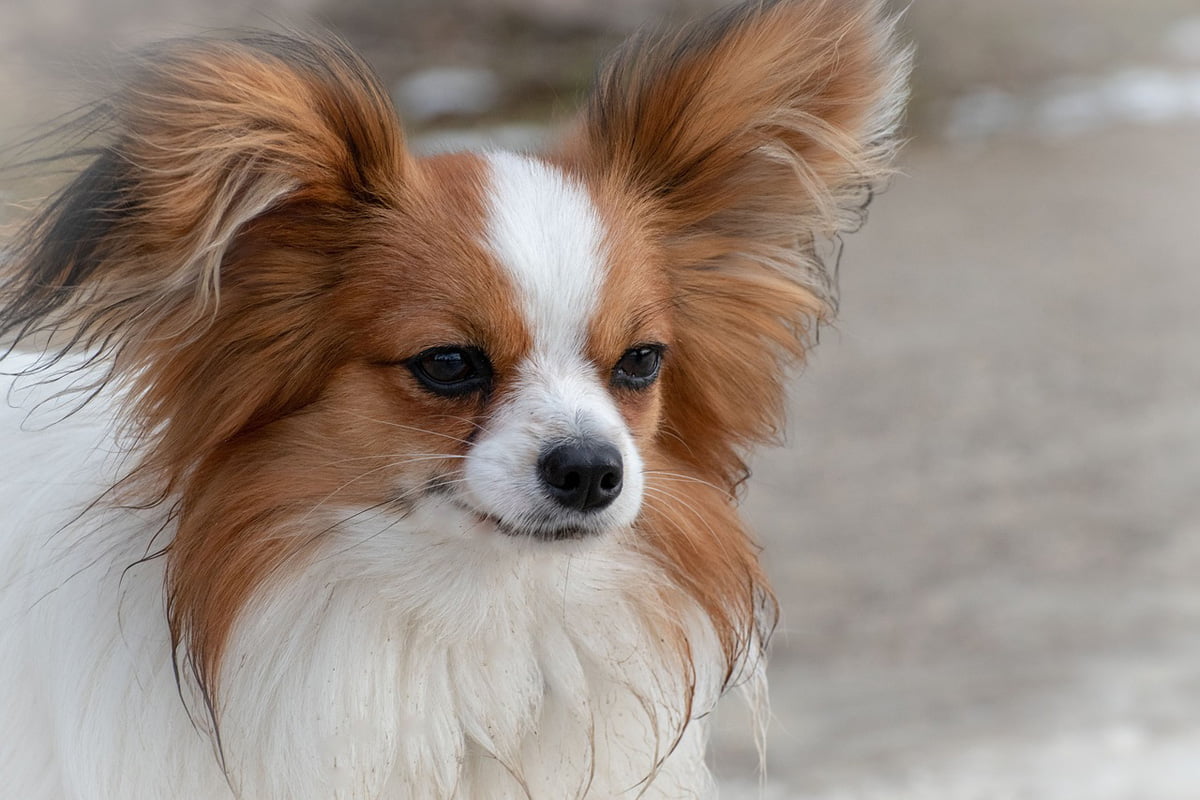
History of the Papillon
Papillons are said to have originated around 700 years ago; however, their genetic composition and place of origin are both matters of some contention. Whilst it seems undisputable that the Papillon is descended from European Toy Spaniels, whether or not any other breeds were used in their creation is not so clear. Some people claim that the Papillon is, in fact, pure Spaniel and that it was created through the breeding of particularly small Spaniels, with no other breed contributing to its genetic make-up. Others believe that additional small breeds, such as the Japanese Chin, also played their part in creating the Papillon we know today. As previously mentioned, the Papillon’s country of origin is another question with no definite answer, as both France and Belgium have claimed to be the native home of this adorable breed.
Interestingly, the Papillon may have either of two distinct types of ear. Originally, Papillons all had the traditional droopy ears of a Spaniel, but, over time, some began to demonstrate more erect ears fringed with feathery fur, with these becoming quite common by the end of the 19th century. A litter of Papillons can include puppies with either ear type, and both are considered to be the same breed, with the drop eared Papillons often being known as “Phalenes”, which is French for “moth”.
The Papillon has always been bred specifically as a companion dog, and over the centuries has been favoured by nobles and royals across Europe. It was particularly popular in Italian paintings during the Renaissance period, often featured seated on the lap of an upper-class lady.
The Papillon was first introduced into the UK in the early 20th century and since then has gained steadily in popularity. The breed was officially recognised by the Kennel Club in 1923 and by the American Kennel Club in 1935. It has gained great love in the showring thanks to its lovable nature and undeniable cuteness. These traits, combined with its huge capacity for learning and affection, have helped the Papillon to become a highly valued family pet around the world.
Famous Papillon dogs
In 1999, a Papillon by the name of Ch. Loteki Supernatural Being, or more commonly “Kirby”, won the Best in Show award at the prestigious Westminster Kennel Club Show. The same dog also claimed first place in the World Dog Show in Helsinki, Finland and the Canadian Royal Invitational the previous year. These successes are likely to have helped broadcast the Papillon breed and it seems fairly certain that this little dog’s popularity will continue to rise steadily overcoming years.
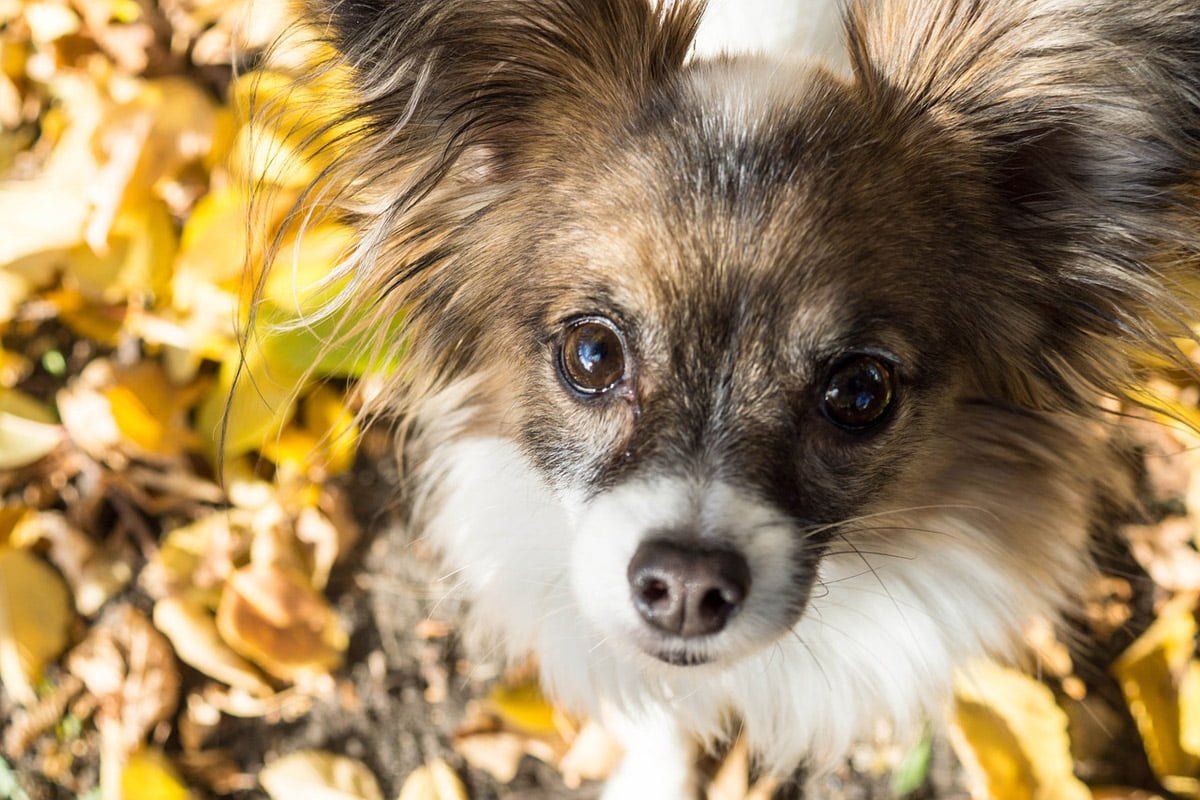
Papillon Stud Dog Listings
A dog owner since the early 80s, after convincing his parents to buy a Yorkshire terrier named Sadie, Darren created Dream Dogs so dog owners could find the best dog related information on the Internet.